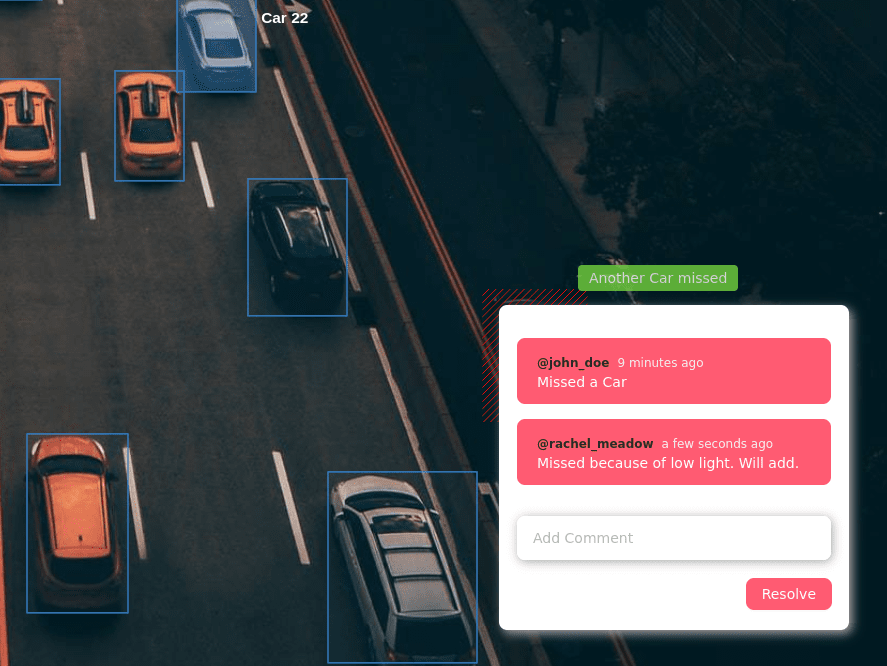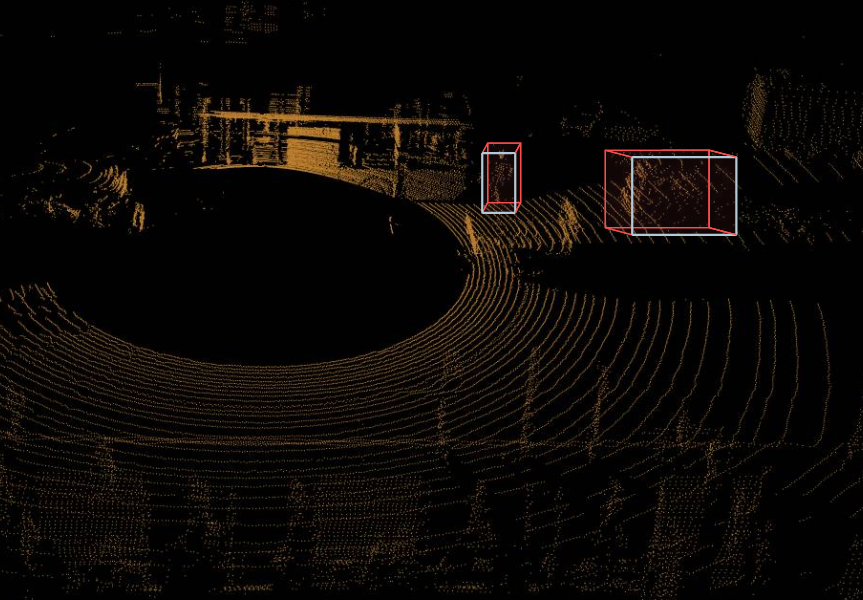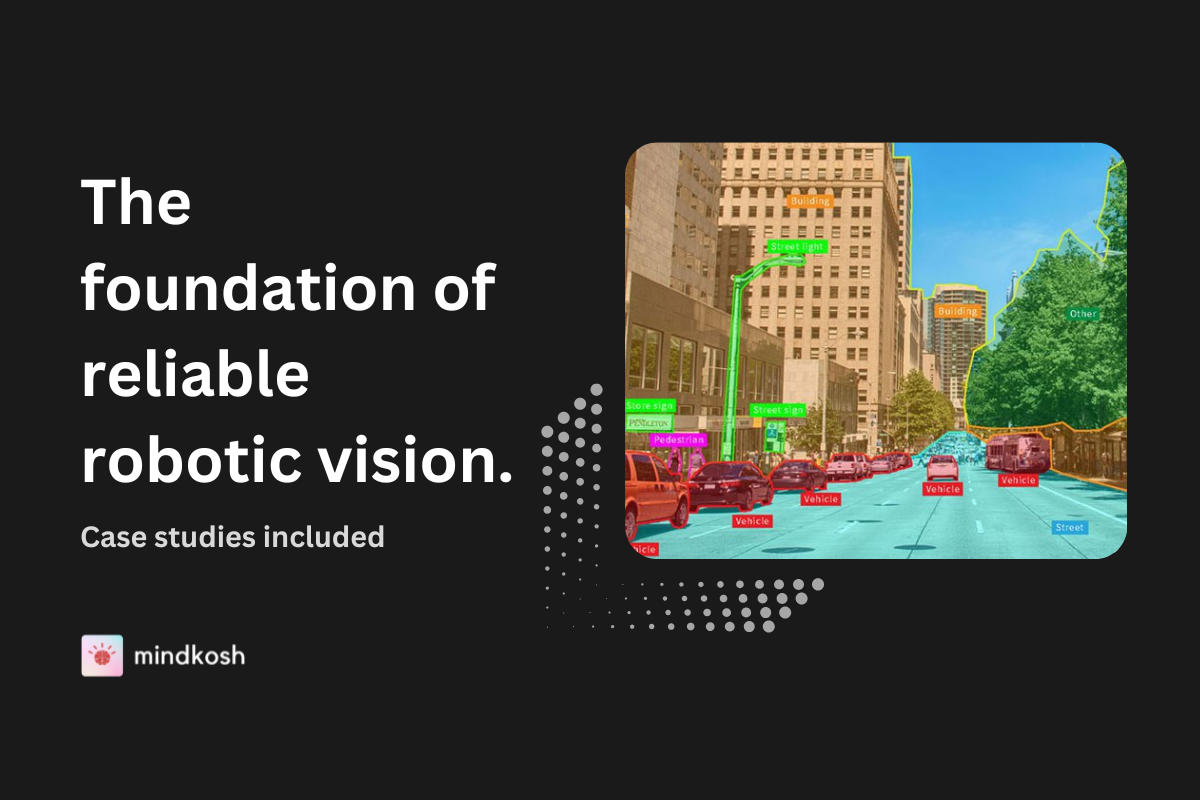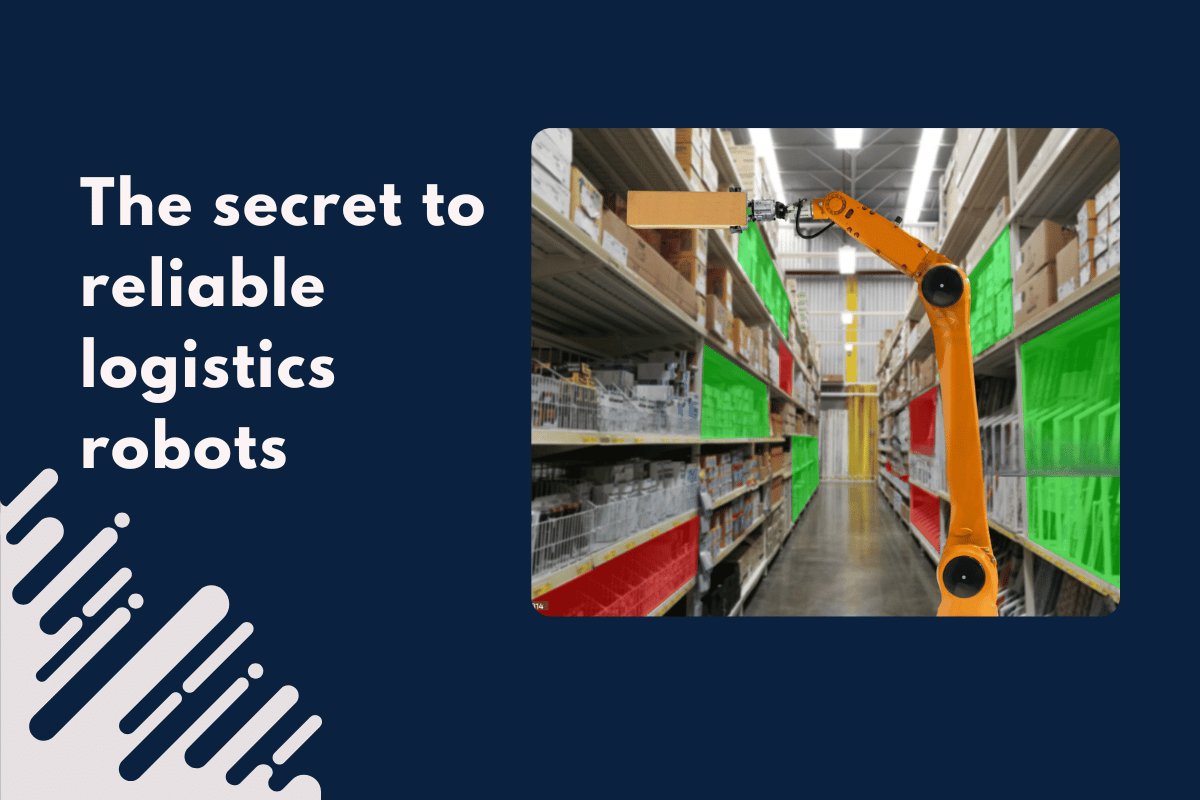
AI and ML (Machine Learning) systems have two components – The Algorithm and The Data. The algorithm is what is sometimes referred to as a ML Model. It describes what happens to data and in what order. The data that AI and ML models consume almost always needs to be labeled (or annotated). As an example, for building a system that can detect a person in an image, the model needs to be fed hundreds of thousands of images where people have been marked. This process of marking people in the images is called Image Labeling. A dataset marked with such labels is called a Ground-truth dataset, because it represents the ground truth that the system is aiming to learn. When an efficient ML Model is combined with High Quality Ground truth data, the result is an enhanced customer experience solution such as speech recognition, chatbots, music recommendations, facial recognition and more.
Why is data annotation needed?
Data annotation is critical for high performing AI systems. It is also a challenging task, considering the current rate of data creation. According to research done by The Visual Capitalist, an estimated 463 ExaBytes of data will be created every day by 2025. That is a lot of data!
ML engineers and Data Scientists spend a large part of their time preparing this data. Part of that time is spent fixing or discarding anomalous/non-standard pieces of data and making sure all data follows a similar format. It can be very helpful if someone (we are looking at ourselves here!) can do all the dirty work and present the engineers and data scientists with prepared, labeled data. This is especially vital, given that algorithms rely heavily on understanding patterns in order to make decisions, and that faulty data can translate into dangerous biases and overlooking of edge cases.
Different types of Data Annotation
We can differentiate between different types of Data annotation based on the type of data being labeled.
Image Labeling
This includes data labeling on both images and videos. Image labeling ensures that machines recognize an annotated area as a distinct object. This area can be marked through Bounding boxes, Polygons, Cuboids and free-form boundaries. Images are labeled for a variety of applications like facial recognition, vehicle plate identification, image enhancement etc. Image annotation is also vital for solutions like Autonomous Driving and Robotic vision which employ a complex cascade of ML models to make sense of the world around them.
It is also important for applications like Medical AI and Retail. In the medical industry, ML models trained on images can perform automatic diagnoses. In Retail, it can be used for identifying empty shopping carts, putting together product catalogs automatically etc.

Automatic image annotation
The traditional method of labeling images and other forms of data has been to manually tag them. But with the huge amounts of data being created everyday and the high quality labels required to build high performing AI systems, completely manual annotation is quickly running out of fashion. Here at Mindkosh, our own labeling platform uses trained ML models to pre-label common objects. We also employ interactive segmentation to dramatically accelerate segmentation annotation with Machine Learning. We are also in the process of integrating our tool with techniques like Active Learning to squeeze every bit of performance out of your datasets.
Image labeling costs
The first question organizations ask when thinking about outsourcing data preparation is – “Okay. But how much will a data labeling service cost me?” Well, the answer depends on the volume and quality of data that needs to be annotated.
At Mindkosh, with our labeling platform capable of running custom Label - Review cycles, you can decide the threshold of quality you are satisfied with. For the default setting, if you have some idea about how many labels and images you expect to have for your project, you can use our Cost estimator tool to get a rough estimate of your costs. You can also get in touch with us to get an exact idea of how much your project will cost you.
One thing to note with image labeling costs is that the prices depend on the type of annotation. Usually, the following services are priced in decreasing order of price per label.
- Image Semantic Segmentation
- Image Object Detection (Bounding box or Polygon)
- Image Object Detection (Polylines or Keypoints)
- Image Classification
For videos and 3D data, pricing is based on the amount of the work our labelers end up doing. Get in touch with us to know more.

3D Pointcloud Annotation
3D pointclouds are produced by devices called LIDARs to produce a 3D map of the world around them. These maps are how many self-driving systems locate themselves in the world. Other than autonomous driving systems, 3D pointclouds are also used in areas like metrology and manufacturing, where 3D models of objects are used for quality inspection.
Text Annotation
Text is the most widely used data type. Text annotation includes a wide variety of annotation techniques.
Sentiment Annotation
Sentiment analysis refers to identifying the prevalent sentiment in a chosen block of text. This includes attitudes, emotions, and opinions. Labeling such data is tricky as sentiments can be subjective. However manual tagging in such use-cases is critical because content that might be profane or sensitive needs to be accurately tagged in data for ML models to work properly.
Named Entity Recognition (NER)
Assign predefined categories to a word or group of words. These categories might be names, addresses, places, things etc. NER is a key part of understanding natural language for systems like chatbots.
Intent Annotation
In human-machine interfaces, extracting information about what a person wants, from a natural language text, is referred to as intent extraction. Annotation in this case might be to categorize key intent classes like request, command, booking, recommendation, and confirmation. With Speech recognition systems on the rise, high quality intent annotation is more important than ever..
Text categorization
Categorize blocks of text into predefined categories or topics. As an example, blocks of text from news stories might be tagged with the category of the news – sports, politics, entertainment etc.
Audio Annotation
Audio annotation includes tasks like captioning and time-stamping human speech. It can include further tagging of important meta information like intonation, accent, dialect, emotion etc. Some use-cases also span non-human speech, for eg systems that attempt to identify certain kinds of sounds.




